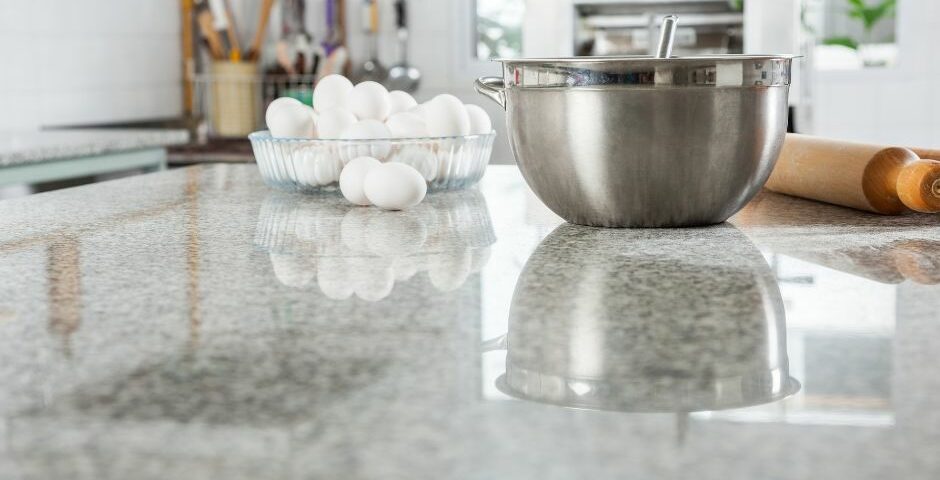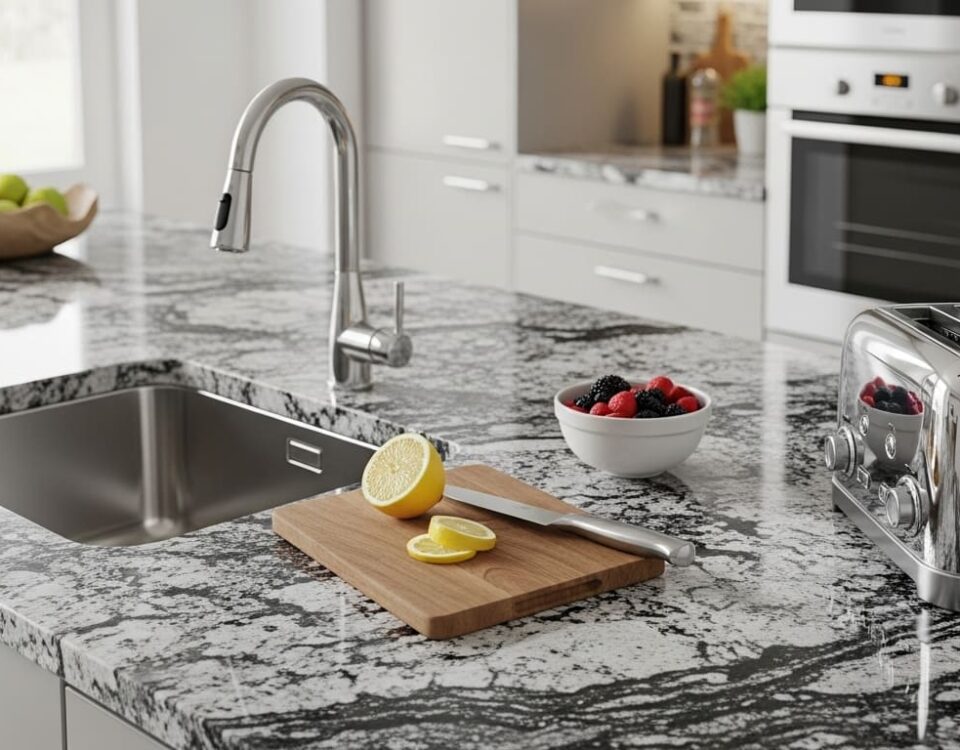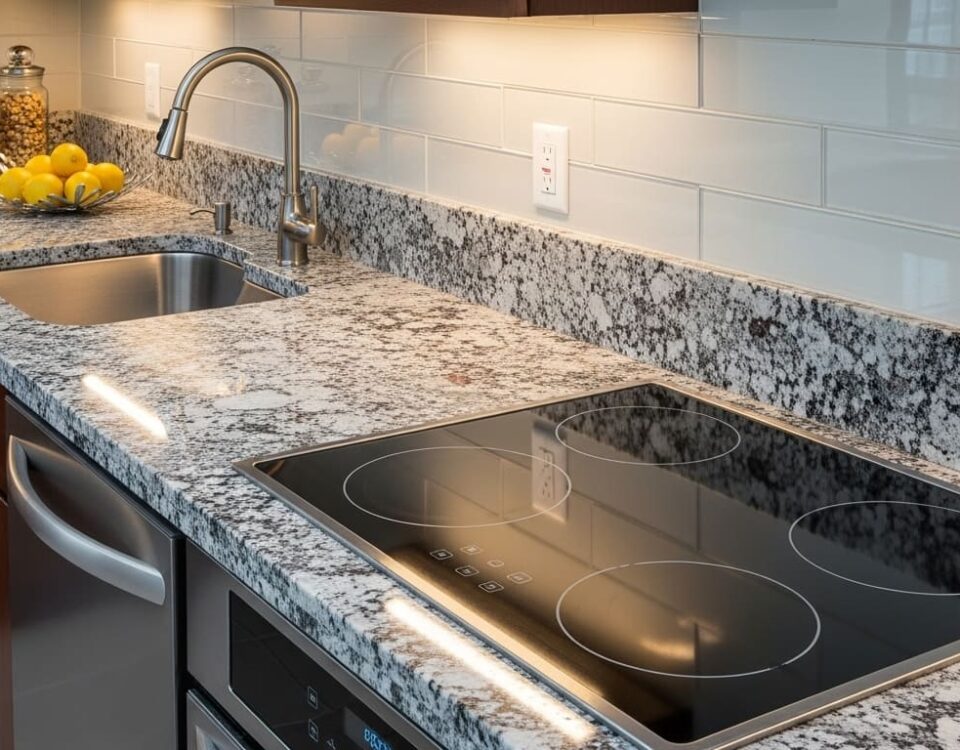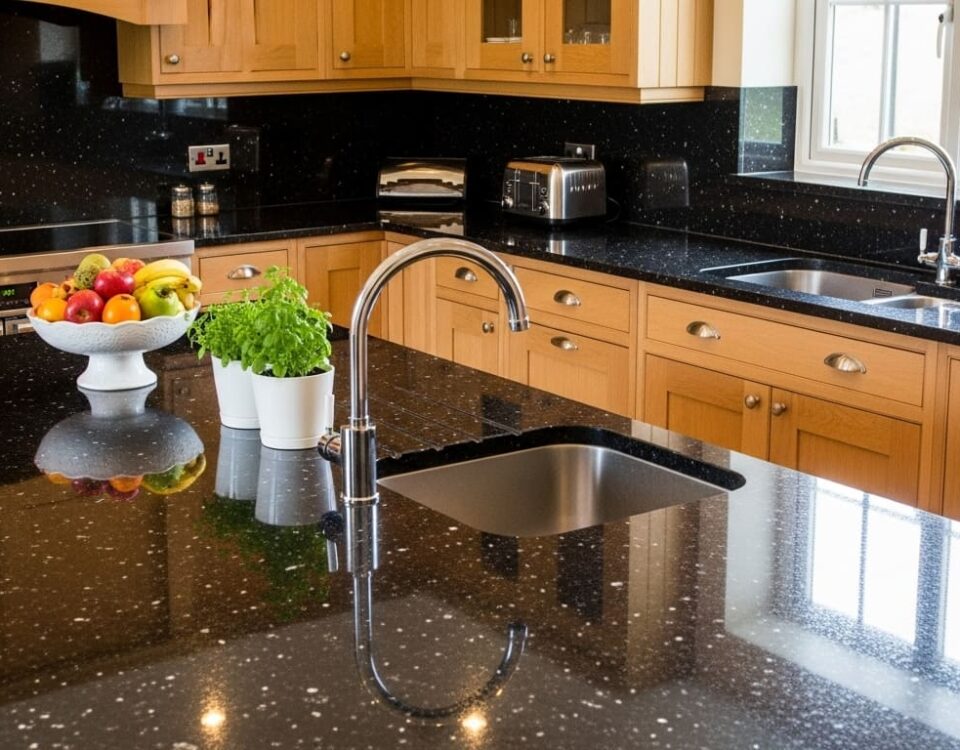
The Advantages of Porcelain Over Traditional Kitchen Countertop Materials
February 19, 2025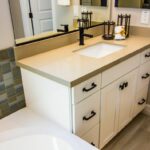
Calacatta Marble Vanity Tops: Choosing the Right Style for Modern & Classic Bathrooms
February 19, 2025A porcelain kitchen countertop is an increasingly popular choice for homeowners seeking a balance of durability, elegance, and affordability. With its high resistance to heat, stains, and scratches, this material is often compared to other premium countertop options. Understanding the cost factors and overall value of a porcelain kitchen countertop can help homeowners make an informed decision when upgrading their kitchen surfaces.
Understanding Pricing Factors
The cost of a porcelain kitchen countertop varies depending on several factors, including slab quality, design complexity, and fabrication. Since porcelain is manufactured using high-temperature kiln firing, premium-quality slabs may be priced higher than lower-grade options. Homeowners looking for unique patterns or realistic stone-like veining should expect to pay more due to advanced printing and finishing techniques.
Another key factor affecting price is the thickness of the slab. Porcelain kitchen countertops are available in ultra-thin options, typically ranging from 6mm to 12mm, which can be more cost-effective than thicker materials like quartz or granite. Additionally, the size and number of slabs required for a specific kitchen layout influence overall costs. Larger countertops or seamless designs may require custom fabrication, which can increase expenses.
Comparing Value to Other Countertop Materials
When evaluating the value of a porcelain kitchen countertop, it’s essential to compare it with other commonly used materials such as quartz, granite, and laminate. While natural stones like granite require regular sealing to maintain their resistance to stains and moisture, porcelain’s non-porous nature makes it virtually maintenance-free. This feature reduces long-term upkeep costs and enhances its appeal for busy households.
Porcelain is also more resistant to UV exposure compared to quartz, making it an excellent choice for kitchens with direct sunlight or outdoor cooking areas. Unlike marble, which can etch and stain easily, porcelain maintains its pristine look with minimal effort. Additionally, the wide variety of available finishes and colors allows homeowners to achieve a high-end aesthetic at a competitive price.
Is a Porcelain Kitchen Countertop a Smart Investment?
Beyond its cost and durability, a porcelain kitchen countertop adds value to a home through its timeless appeal and practicality. Because of its ability to withstand high temperatures, it is an ideal surface for avid cooks who frequently use hot cookware. Its stain resistance also ensures that common spills, such as coffee or wine, do not cause permanent damage.
For homeowners looking to balance cost, style, and long-term functionality, porcelain offers an excellent return on investment. Its lightweight composition allows for versatile applications, from traditional countertops to waterfall edges and backsplashes. With its combination of affordability, resilience, and modern aesthetics, a porcelain kitchen countertop remains a top contender for those seeking a durable and stylish kitchen upgrade.
Read more:
Porcelain Kitchen Countertops: Key Factors Every Homeowner Should Consider


